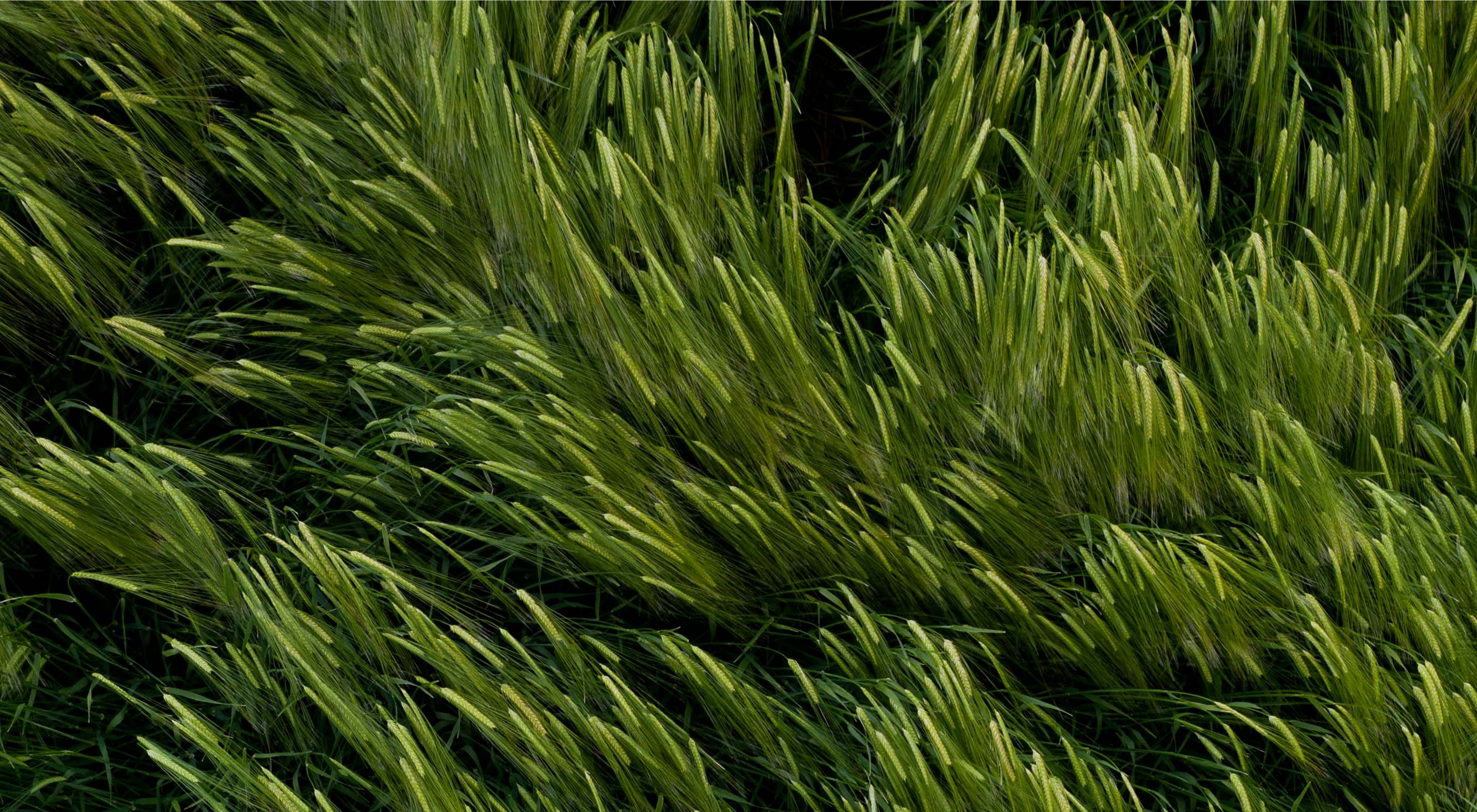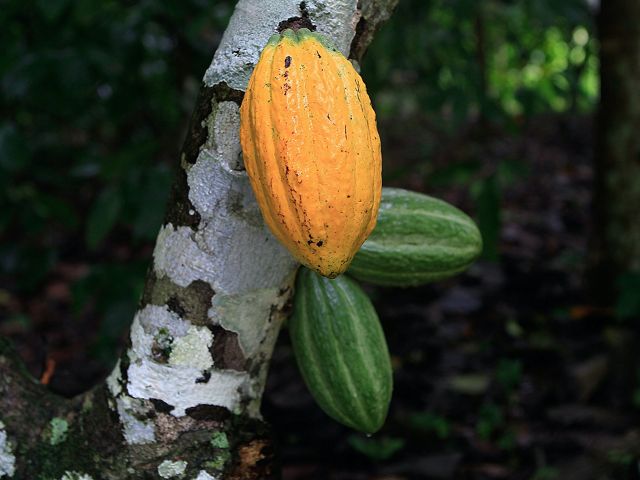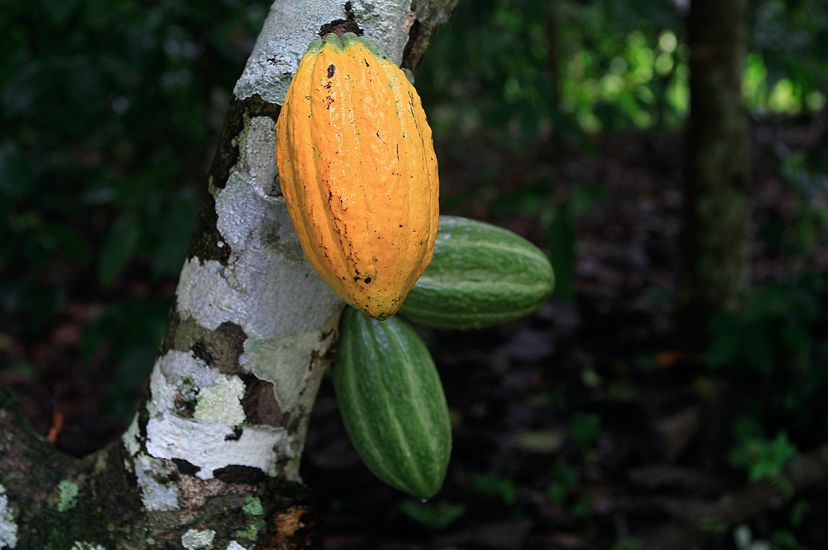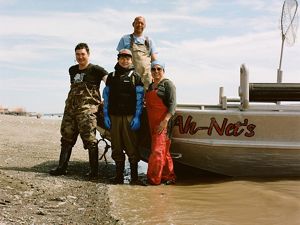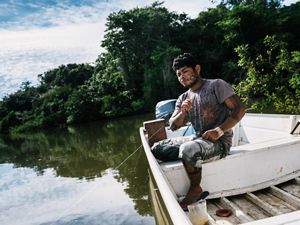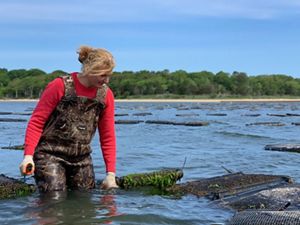The Nature Conservancy's 2020 Annual Report
Provide Food and Water Sustainably
The path ahead demands that we innovate now.
An Arizona Farm Switches to Less Thirsty Crops
TNC is proving that smarter crop choices in the arid West can provide more water for both people and nature.
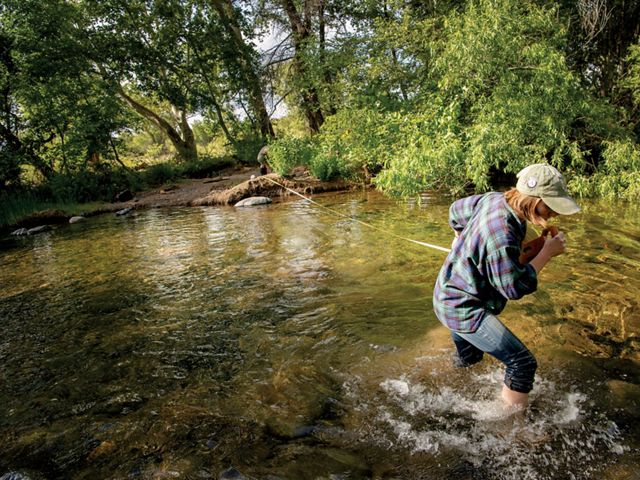
To address the problem, TNC, together with local partners in business and farming, proposed a change that seemed capable of doing the impossible: saving precious water while growing marketable crops and inspiring the growth of a new sector in the local economy. In short, TNC worked with the largest farm in the region to switch to barley, which consumes half the water of thirsty crops like alfalfa and corn. And TNC helped support a new company to process the barley for use in beer.
In just three years, the shift to high-quality malting barley has been a big hit with local brewers, saved 425 million gallons of water—enough to fill more than 600 Olympic-sized swimming pools—and kept the Verde River flowing.
Reef Relief
Using a decline in oyster sales to help drive reef restoration in the U.S.
In 2020, TNC helped create an innovative program to restore oyster reefs and support growers hit by declining sales during the pandemic.
The project, led by TNC and The Pew Charitable Trusts, stepped in to create a new market for more than 100 oyster farmers who found themselves struggling when COVID-19 shuttered restaurants and demand for oysters plunged. “[It was] a huge lifesaver,” says Laura Brown, a New Hampshire oyster farmer. Shellfish growers in seven states can sell their healthy surplus oysters to the project, called SOAR—Supporting Oyster Aquaculture and Restoration—which then transplants them to nearby reef-restoration sites. A single oyster can filter 50 gallons of water in one day, and an entire oyster reef can be critical to the health of bays and estuaries. Enterprising oyster farms—both long-held family businesses and recent start-ups—not only provide these ecological benefits but often contribute to rural economies. Fulfilling SOAR’s mission of buying 5 million oysters over a two-year period means producers will be able to stay afloat while long-term efforts to restore local reefs get a helpful boost.
Protecting Alaska’s Bristol Bay
TNC stands committed to permanently protecting the bay’s lands and waters from plans to construct a mine in the headwaters.
In Bristol Bay, the traditional way of life in Alaska Native villages has always relied on clean water and the yearly return of wild salmon. These fish number in the tens of millions, more than anywhere else on the planet, making Bristol Bay the last best hope for a culture and economy tied directly to the sustainable harvest of wild salmon. Yet its remarkable rivers, lakes and habitat for bears and caribou still lack permanent safeguards against threats like the proposed Pebble Mine, meaning their future isn’t safe from harm.
Quote: Steve Cohn
Bristol Bay’s timeless wild salmon traditions are alive and well—for now. But we cannot afford to be complacent. What we do next, in this moment, determines the future for generations to come.
TNC’s science has long supported local Indigenous organizations and the region’s sustainable commercial fishing industry, which, together in 2020, helped to temporarily stop the mine in a sustained campaign that continues today. Through this broad coalition, TNC is building on this win and advocating for permanent legislative protection along with key investments in invigorating local economies and Indigenous authority—all transformative steps in building a better future for people and nature tied to Bristol Bay.
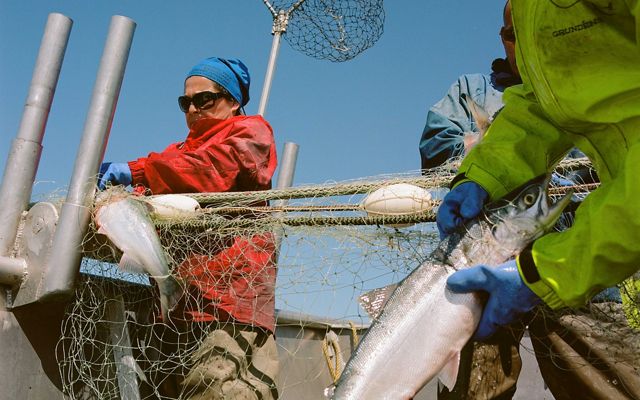
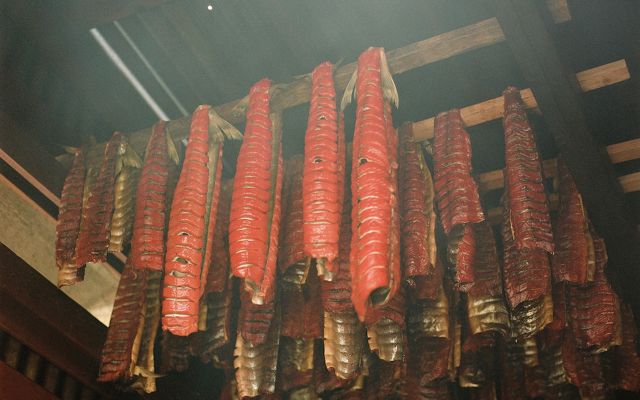
Helping Save the Amazon
Mobile phone app provides a lifeline for farmers.
In the Brazilian Amazon, small-scale family farmers have driven approximately one-third of the total loss of rainforest by cutting down trees to create farm fields and cattle pastures for subsistence and income. But since 2012, TNC and the government of the state of Pará have been providing technical assistance and training to encourage farmers to grow cacao trees—the source of chocolate—to reforest degraded lands and to provide a more sustainable source of income. Last year, however, as harvest time neared, COVID-19 hit Brazil, making it too dangerous to conduct in-person training. The Conservancy turned to a mobile-phone-based social-messaging app to deliver how-to videos to some 250 farmers in time to help with the harvest.
